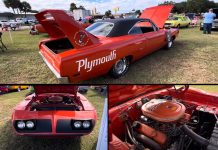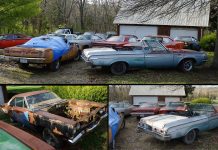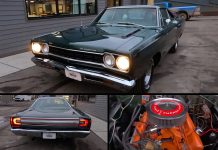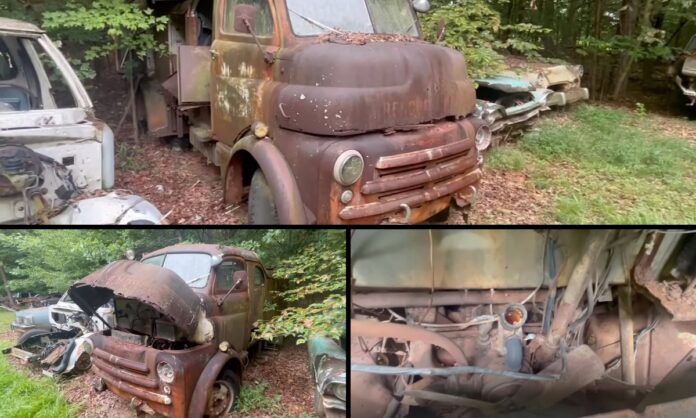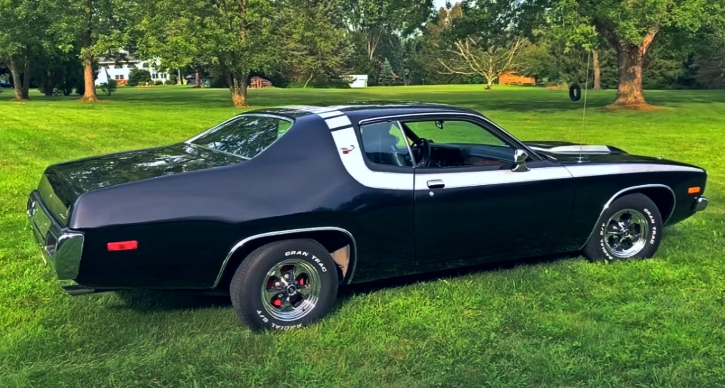
The Decline of Cab Over Engine (COE) Trucks
Once a common sight on American roads, the cab over engine (COE) truck, a design popular from the early days of automobiles until the 1970s, has faded into obscurity in the United States. Classic haulers with this unique layout are now a rare find, typically confined to junkyards. Among these, certain models, like the 1951 Dodge B2, have become exceedingly scarce.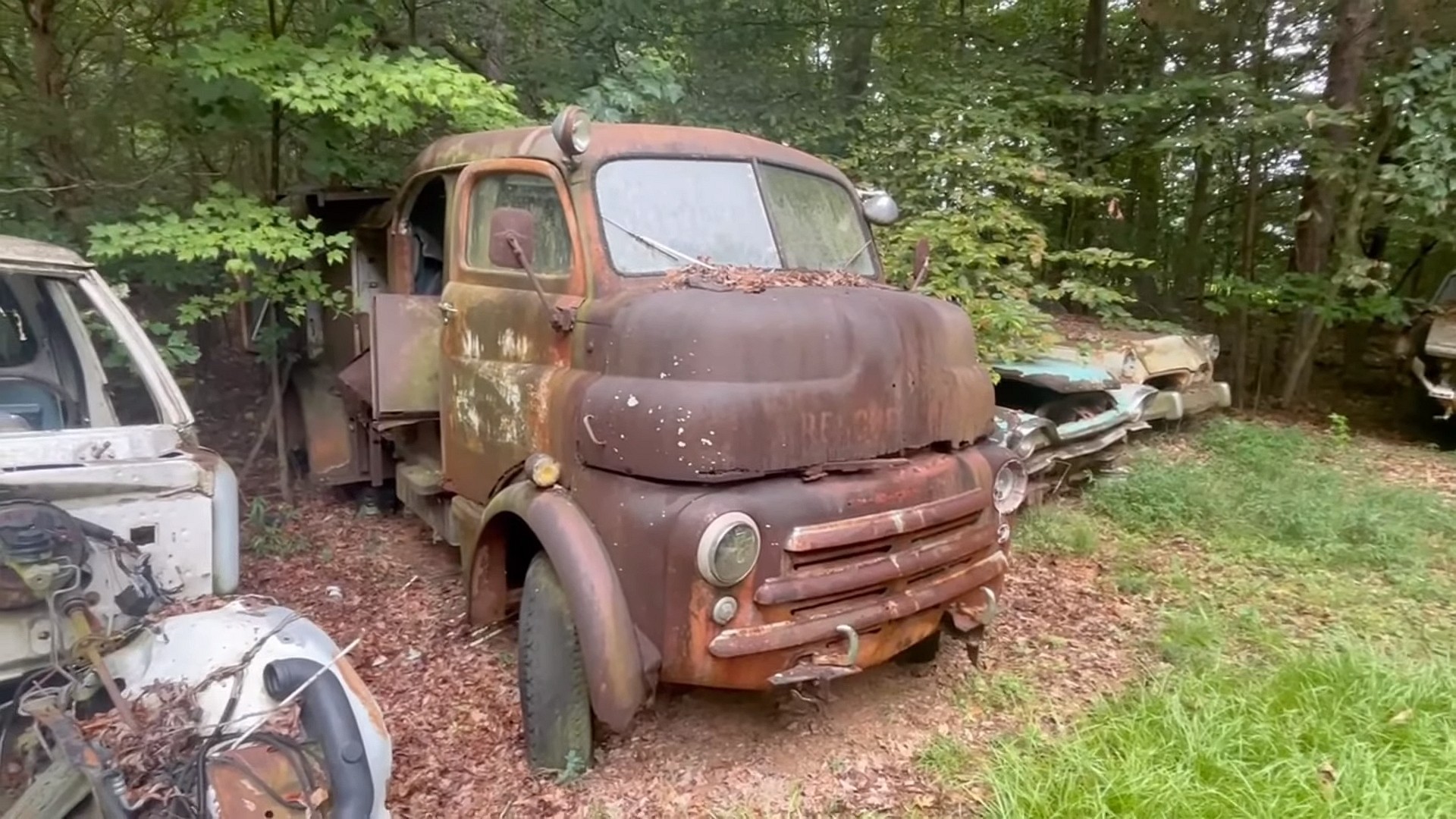
A Glimpse into History
Recently discovered by “Bobs Classic Cars & Parts” on YouTube, this 1951 Dodge B2 truck is a representative of the B-series truck line, manufactured between 1948 and 1953. While the B-series is often remembered for its 1/2- and 3/4-ton pickup truck variants, Dodge, much like its counterparts Ford and Chevrolet, also produced heavy-duty and COE versions of their primary truck offerings.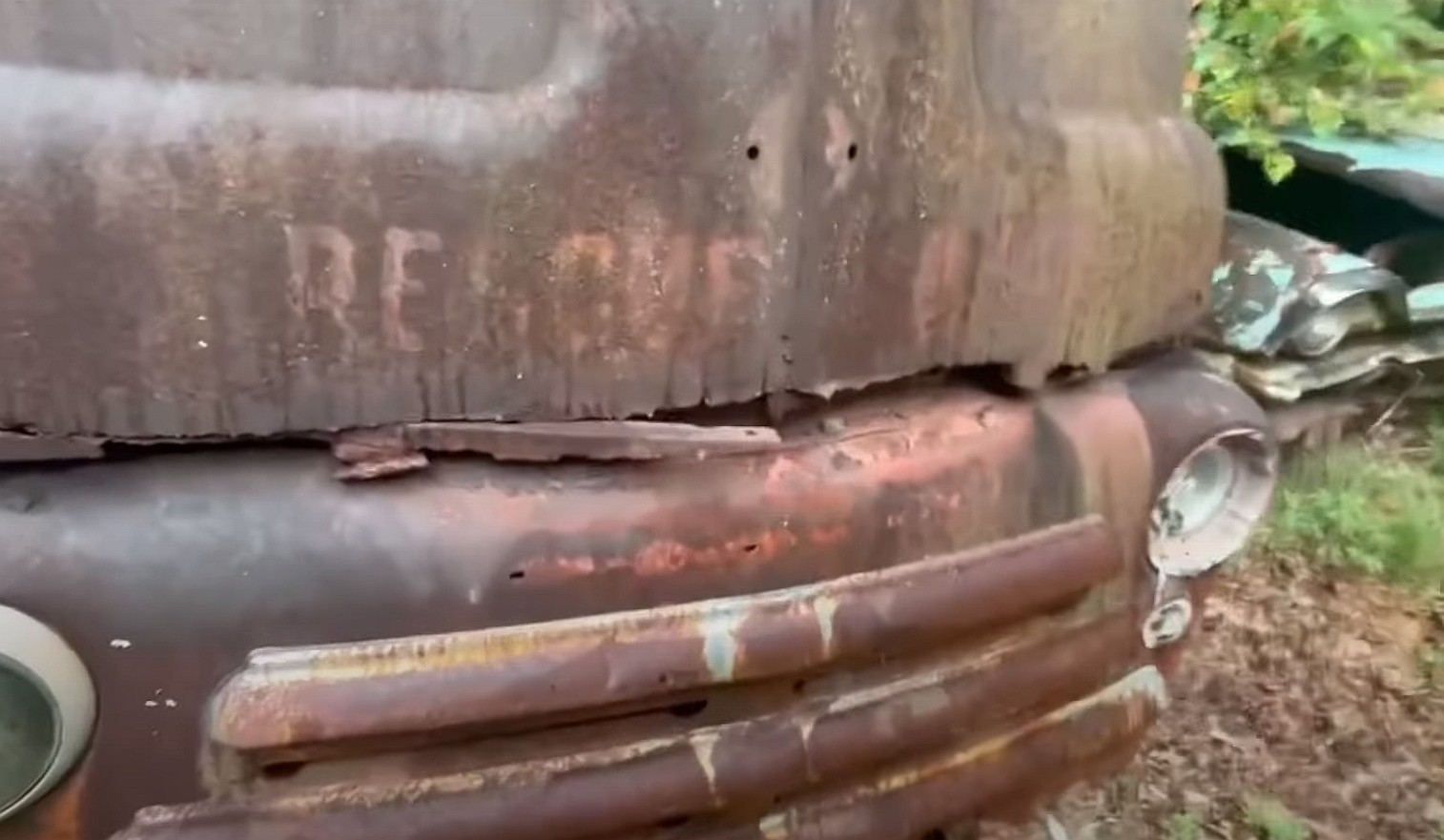
Unveiling the Quirky COE Design
The Dodge B-series COE trucks, with their distinctive cab over engine layout, were designated with “B2,” “B3,” and “B4” badges. These vehicles shared the front grille and headlamp assembly with their smaller counterparts but featured notably tall hoods, earning them a variety of nicknames such as “snub-nose,” “bull-nose,” or “bulldog.”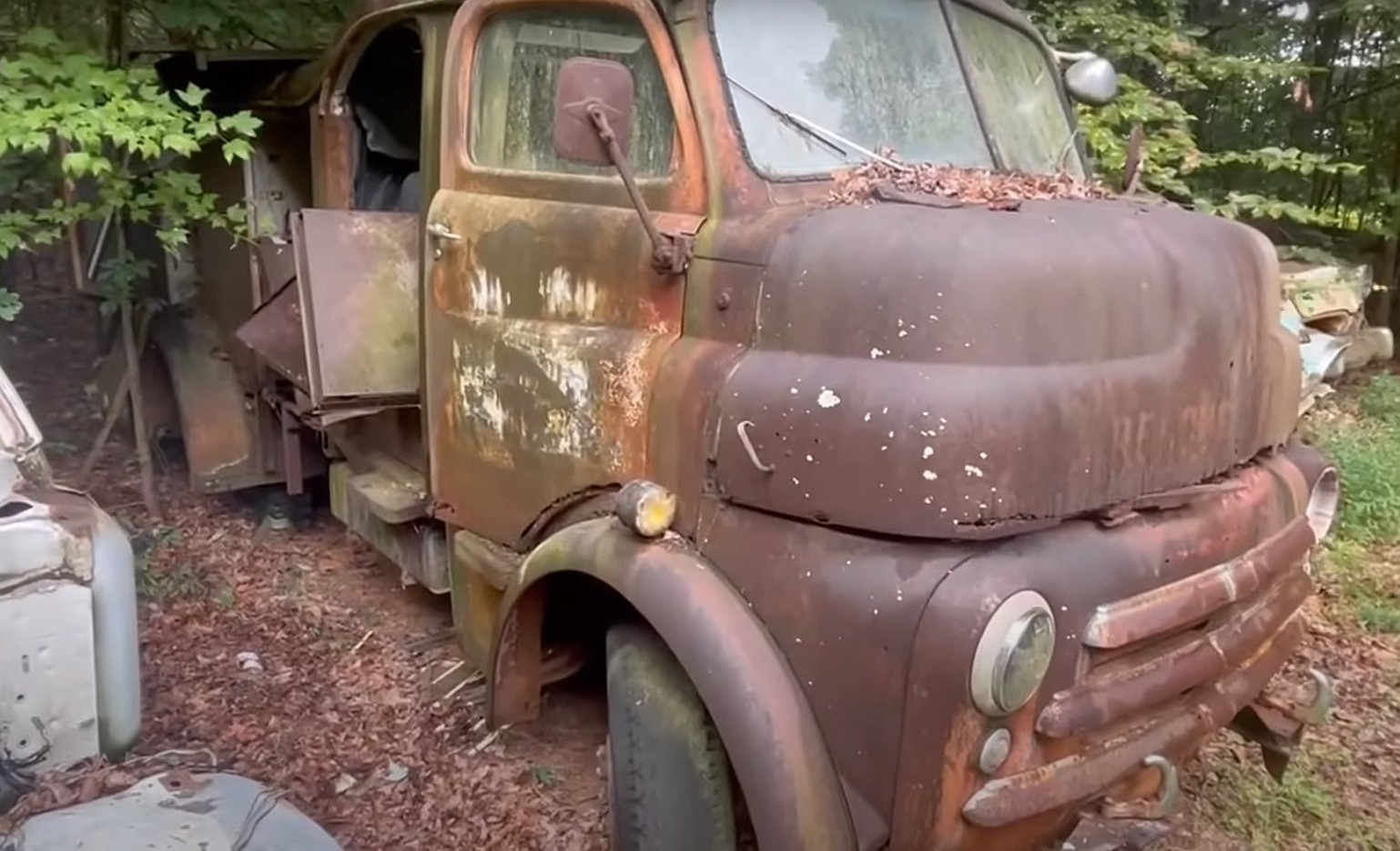
The Mystery of Rarity
Despite their popularity during their heyday, one might wonder why B2 COE trucks have become such a rarity today. The answer lies in the typical fate of work trucks – they are often abandoned once they are replaced by more modern alternatives. Consequently, many B2s found their way to junkyards and eventually met the crusher. Although a few thousand examples may still exist, most of them languish in scrapyards, making them an uncommon sight at local car shows.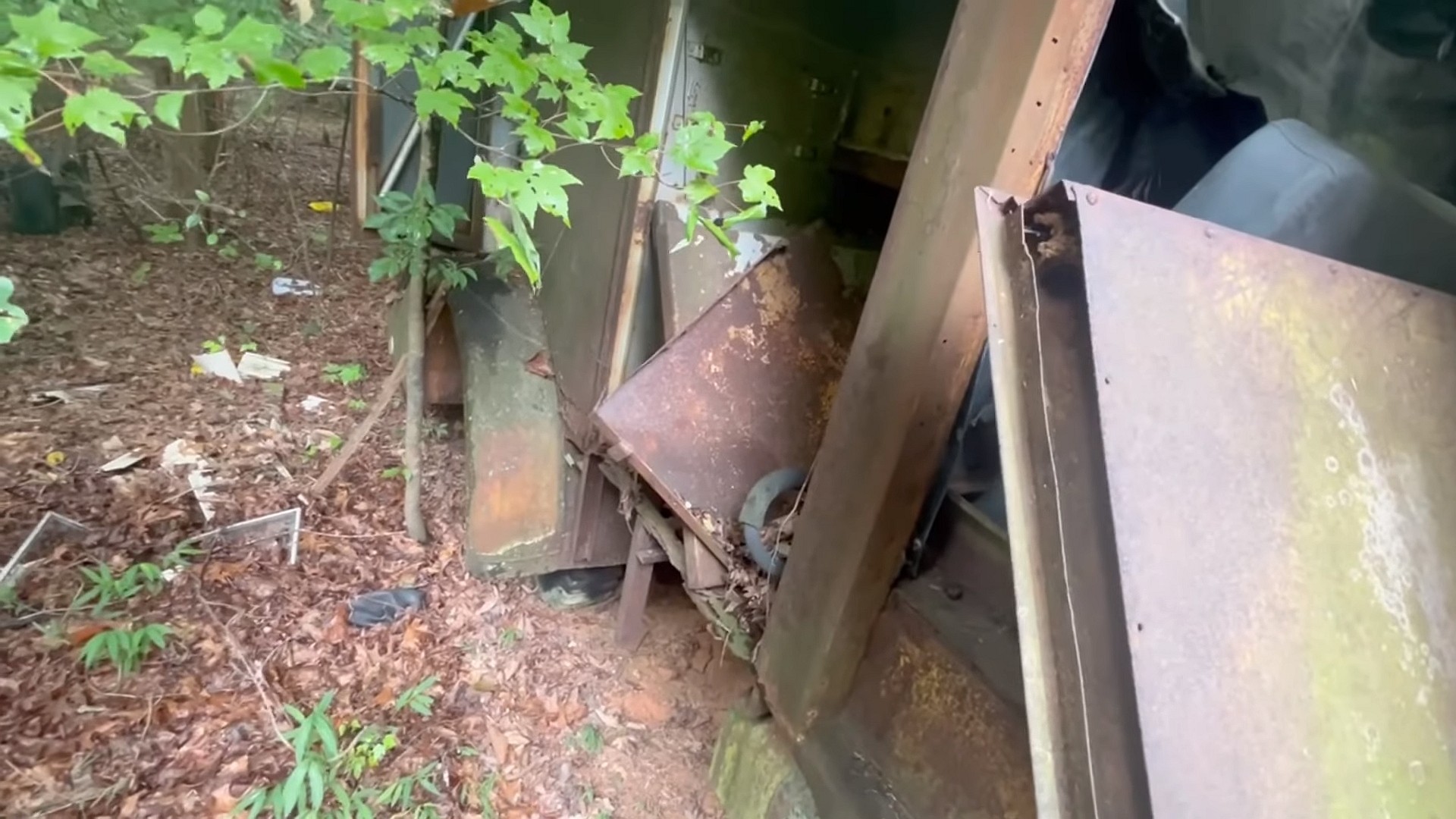
The Last of Its Kind
This 1951 Dodge B2, a dually variant with a rescue squad body, holds a unique position among its kind. Featuring a dual cab layout capable of accommodating up to six individuals and an enclosed rear section designed for storing technical rescue equipment, this vehicle served a specialized purpose. Typically, it carried a range of cutting and prying tools, water rescue equipment, and other specialized gear.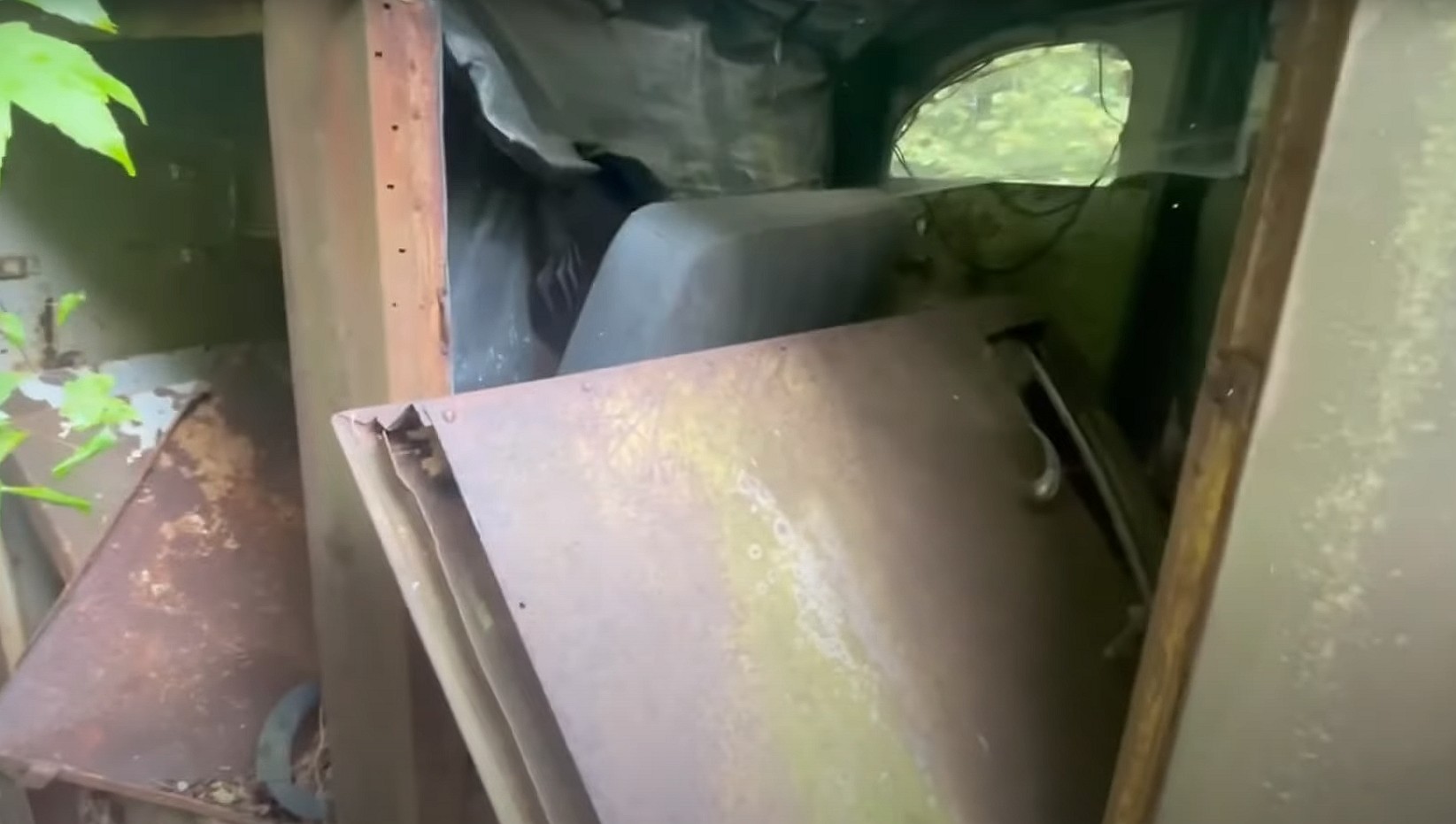
A Forgotten Relic
Unfortunately, this particular truck has remained immobile for several decades and has deteriorated significantly, displaying the telltale signs of rust and wear. Although the original engine still resides under the hood, it likely requires a comprehensive rebuild to roar back to life. Notably, all Dodge COE trucks from this era were equipped with flathead inline-six engines, available in displacement variants of 218, 250, and 265 cubic inches (3.6, 4.1, and 4.3 liters). The most potent among them provided slightly over 100 horsepower.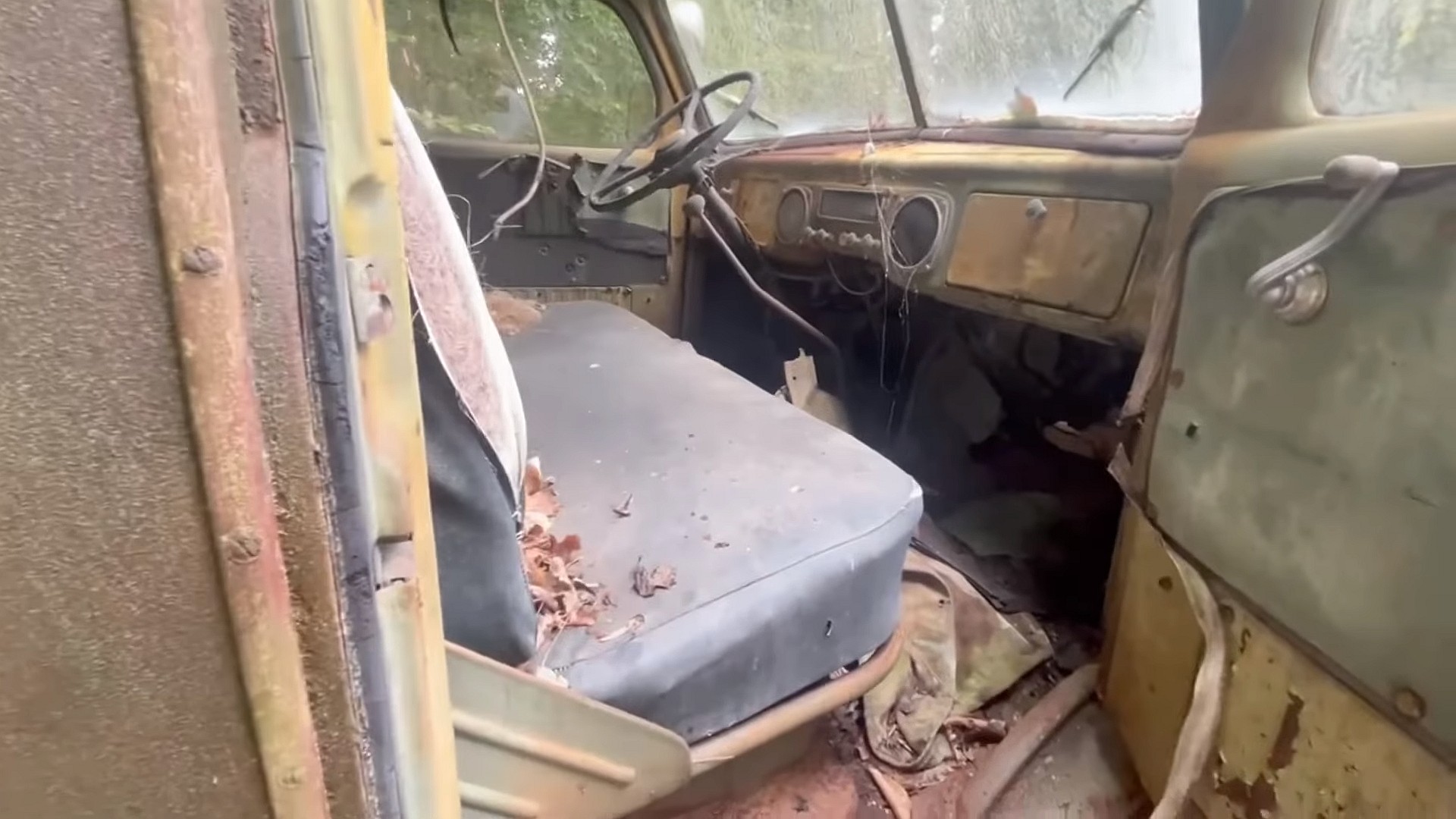
The Unfortunate Fate
Despite its unique configuration, the 1951 Dodge B2 COE truck lacks the widespread appeal of its smaller pickup counterparts from the same era. Regrettably, it appears destined to succumb to the elements and gradually disintegrate on the property where it currently sits, posing the poignant question: Should this relic be rescued? You can witness the state of this rare find in the video below.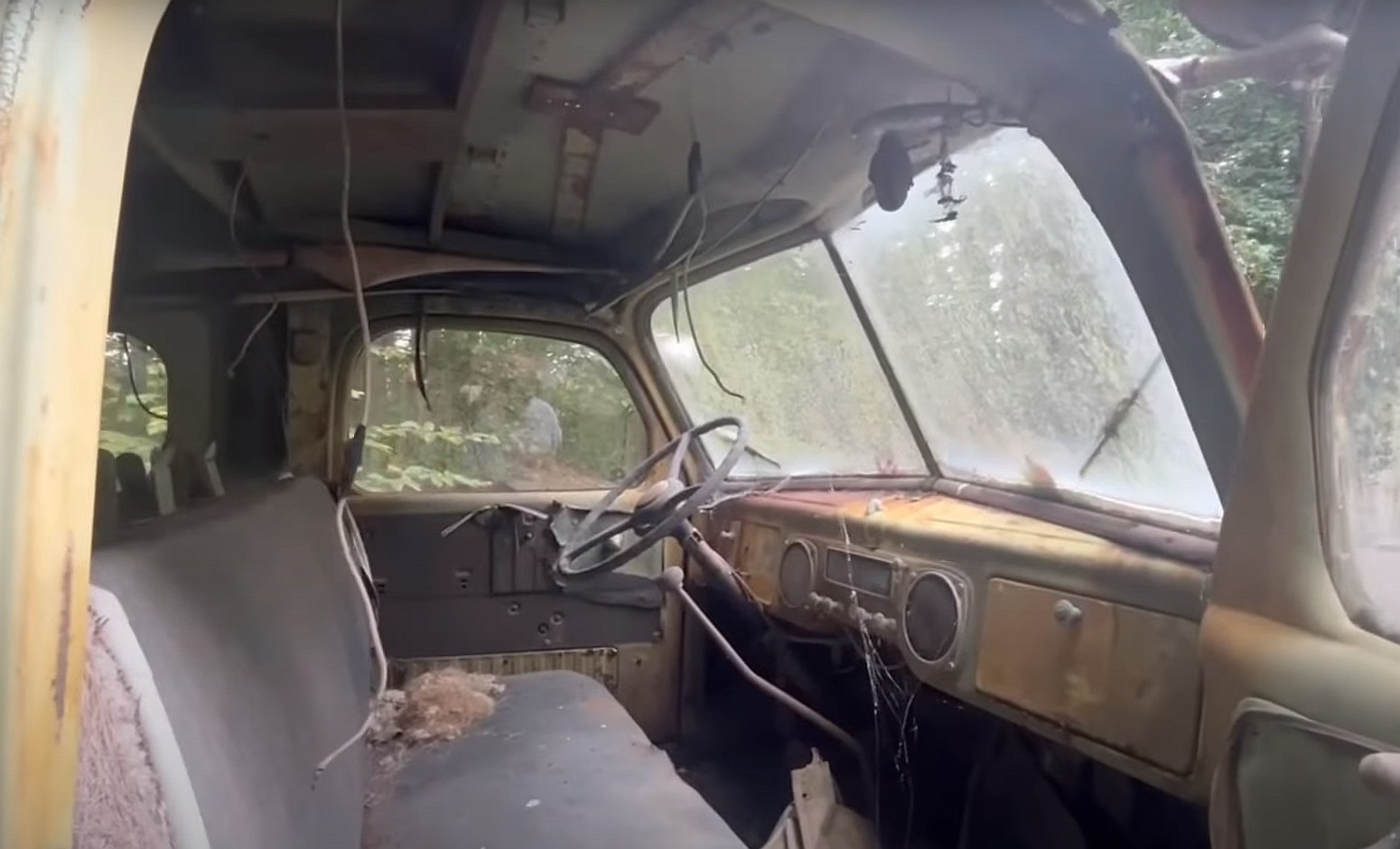
FAQs:
Q1: What is the history of the cab over engine (COE) truck layout?
A1: The COE truck layout has been a fixture in automotive history, commonly used from the early days of automobiles until the 1970s. It involves placing the cab over the engine, resulting in a distinct appearance.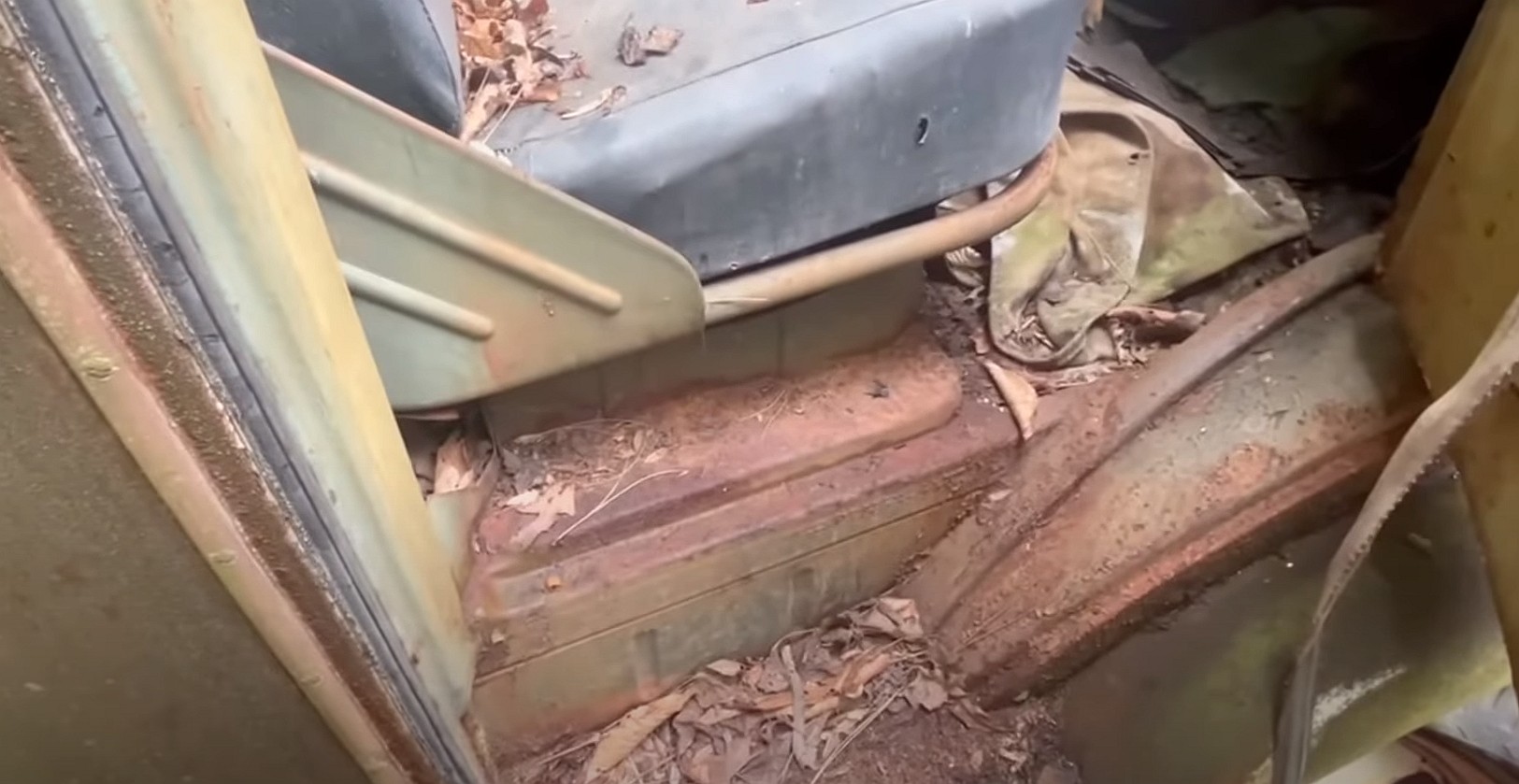
Q2: Why has the COE truck become rare in the United States?
A2: COE trucks, once prevalent, have become scarce in the United States because they are often discarded or sent to junkyards when replaced by more modern vehicles.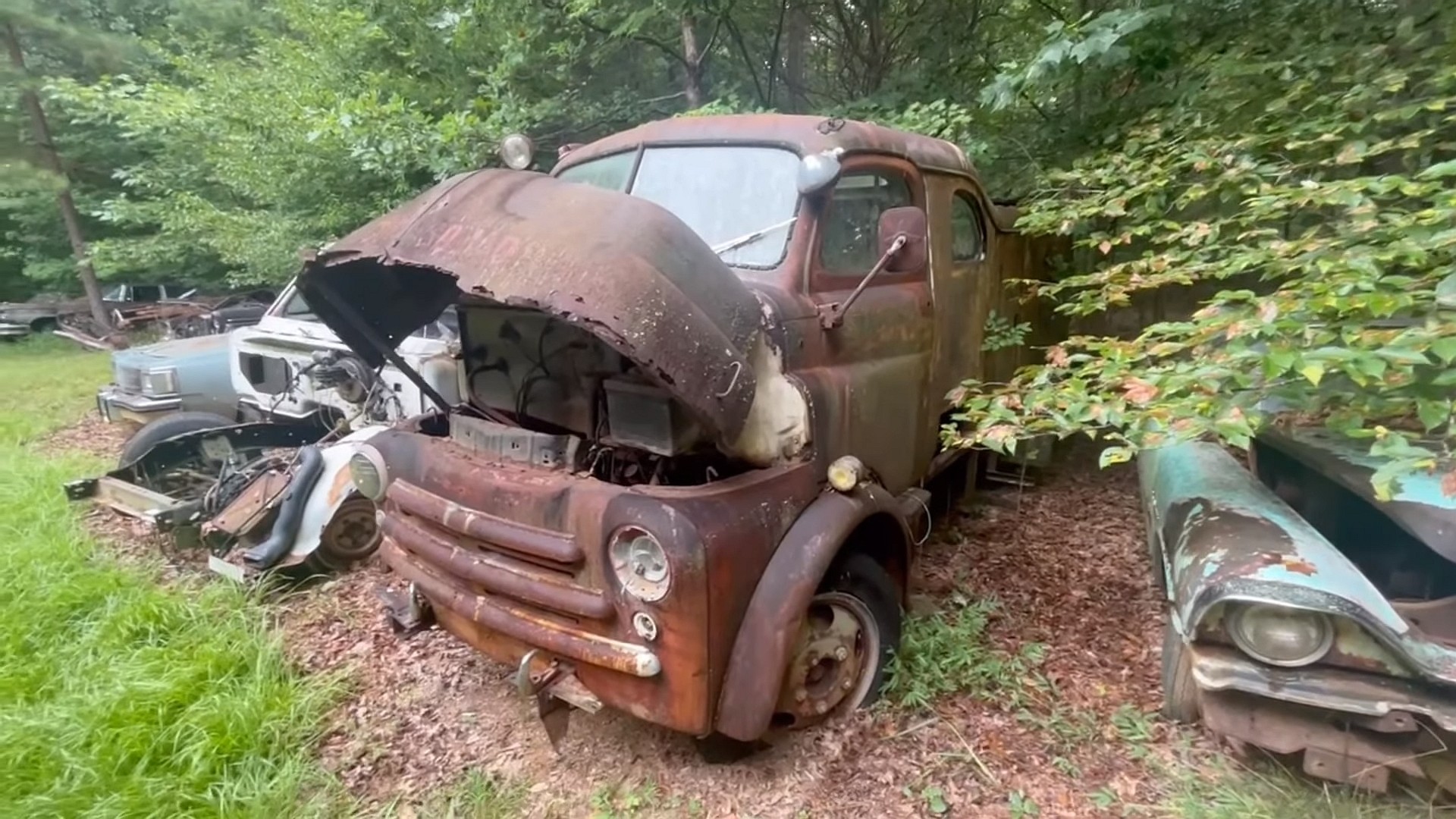
Q3: What distinguishes the Dodge B-series COE trucks?
A3: The Dodge B-series COE trucks, including the B2, B3, and B4 variants, shared design elements with smaller trucks but featured tall hoods, resulting in unique and recognizable appearances.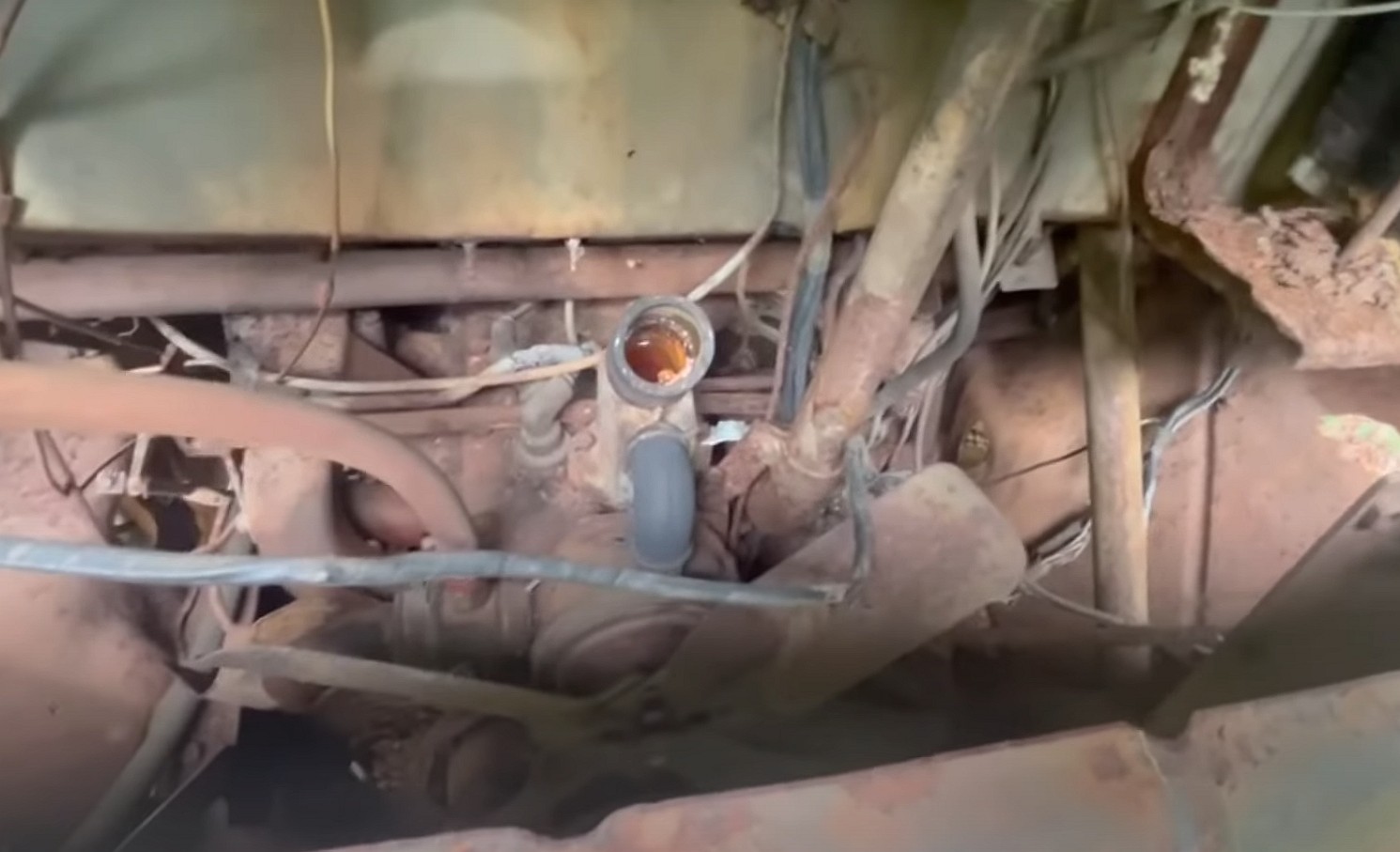
Q4: What was the typical role of the B2 COE truck?
A4: The B2 COE truck was used for various purposes, including those requiring specialized equipment. This specific 1951 Dodge B2 served as a rescue squad vehicle, equipped to transport technical rescue gear.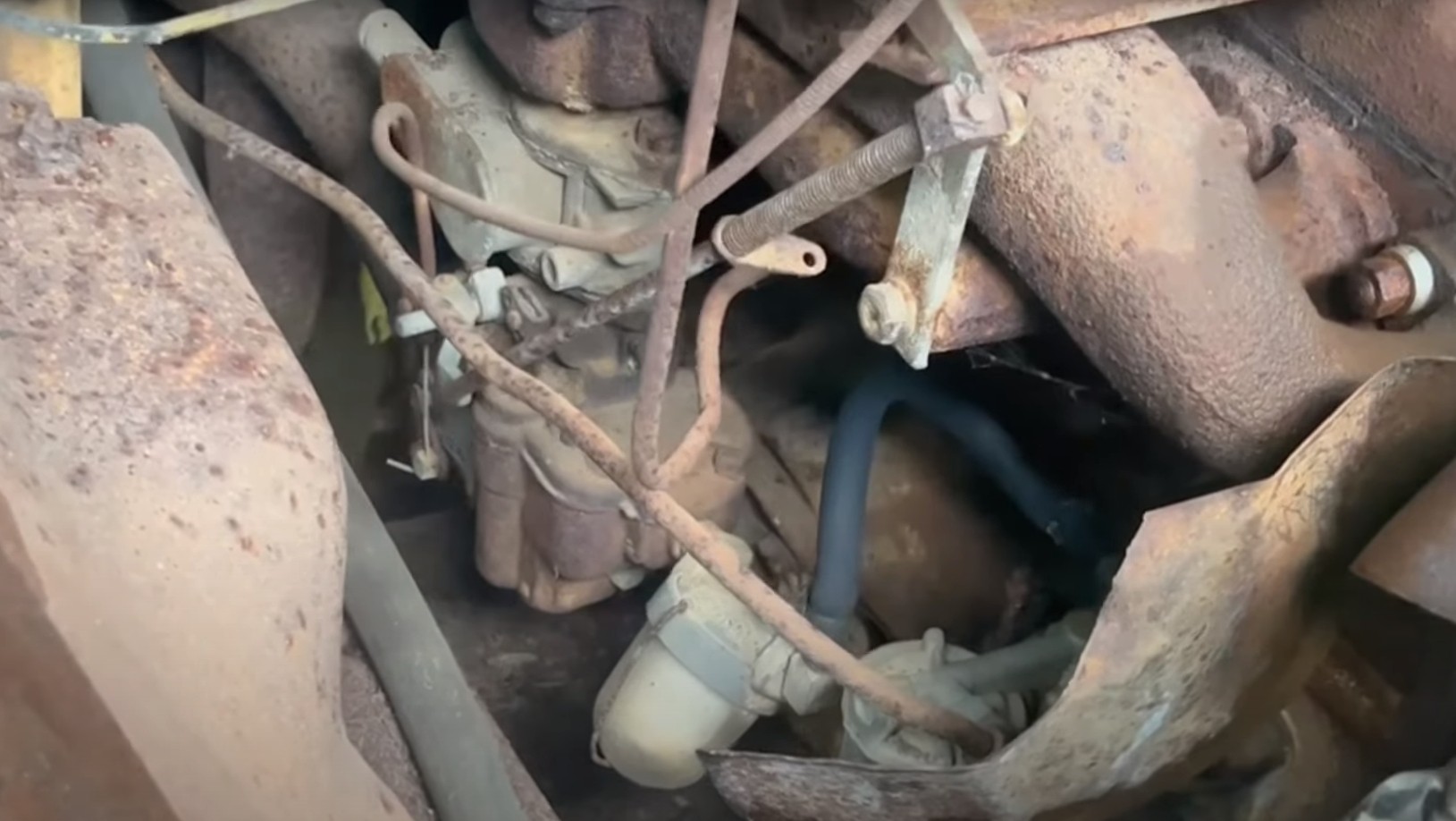
Q5: What is the fate of this 1951 Dodge B2 COE truck?
A5: Sadly, this 1951 Dodge B2 COE truck has remained immobile for many years and exhibits extensive rust and wear. Without restoration, it faces the likely fate of gradual deterioration.



